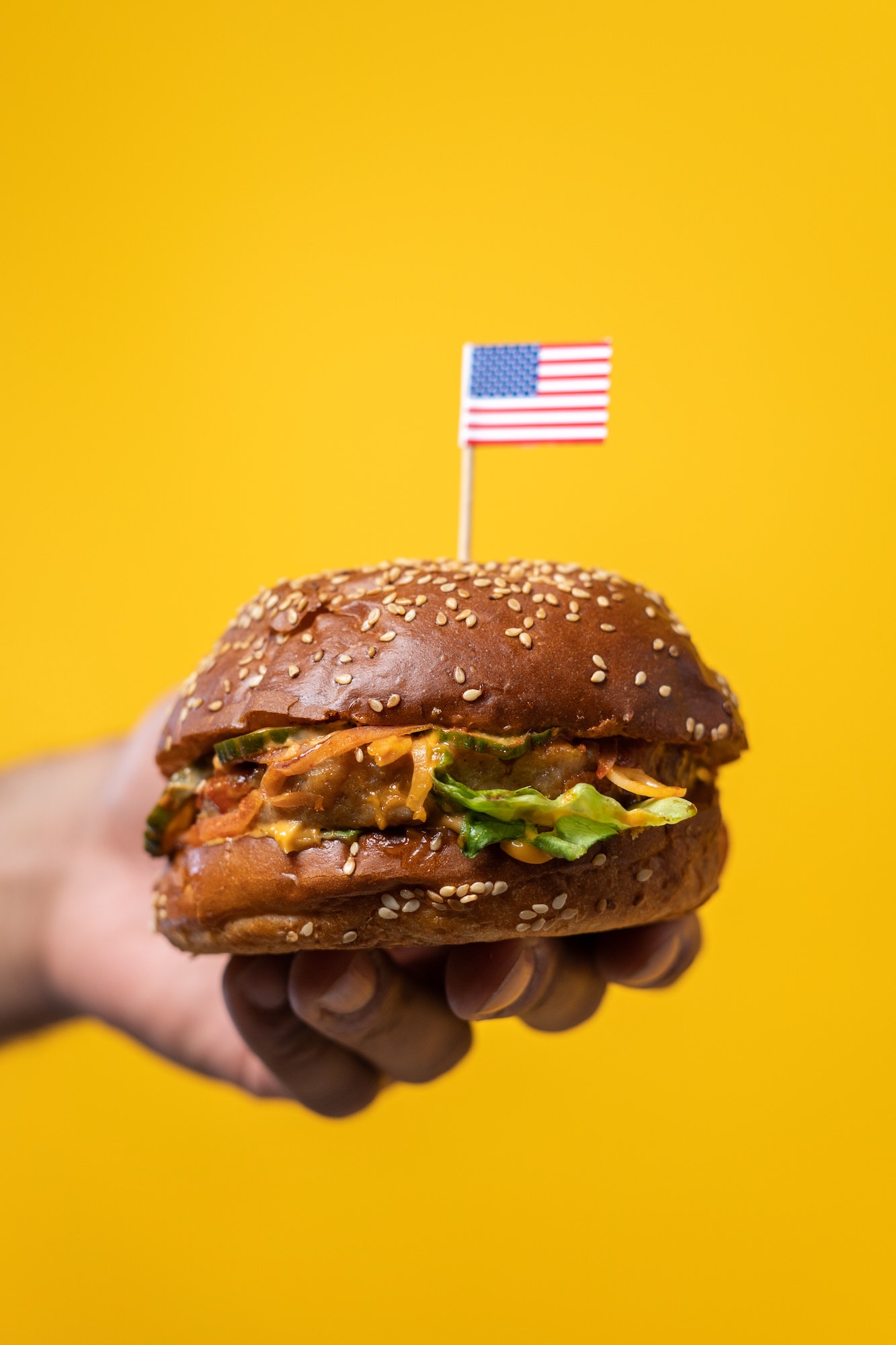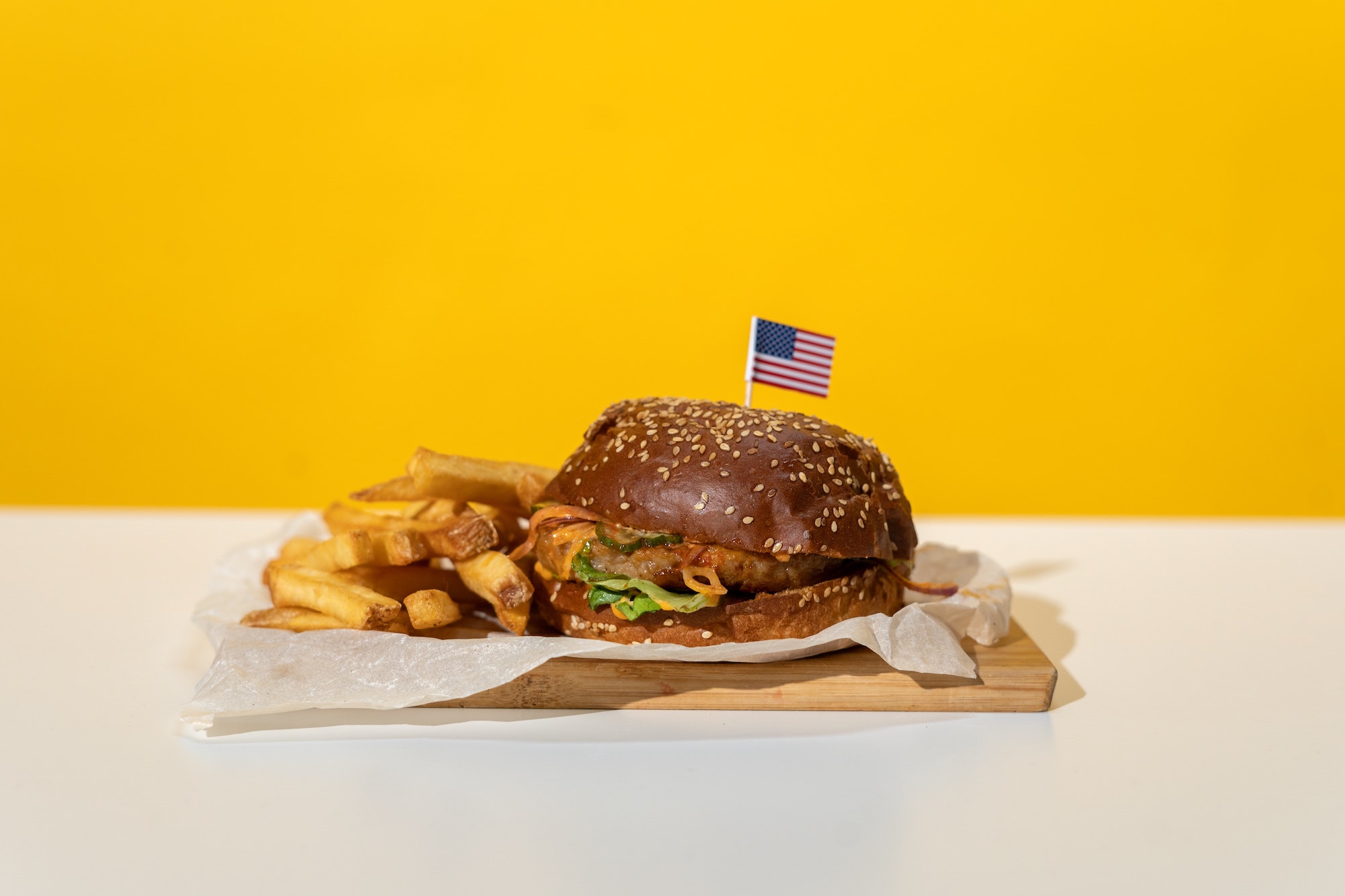International franchises. We see them all over the place. They dominate today’s food scene and they can even create a source of pride for some Filipinos (knowing their country was chosen). The perception is that they are all successful, that they all make money, and that they are an easy way to succeed in the food business. There are many pros to bringing an established international franchise to the country—but there are just as many pitfalls.
The one big lesson companies must know and understand is that success overseas does not necessarily and automatically translate to another country like the Philippines. Every country is a different beast, and with each country comes special food, beverage, and socioeconomic cultures that must be understood. For all the successes we see and hear about, there are just as many, if not more, failures. We can look at our own backyard to see the evidence.
Times have changed
In Australia, the biggest F&B news this year is the demise of one of its biggest food groups. Retail Food Group is the franchise holder of Gloria Jean’s Coffees, which originated in the US. They bought the franchise in 2014 and had 460 outlets in Australia and 1,000 around the world, including the Philippines. As of February, the company announced that it would post an AUD$88 million (P3.3 billion) loss for the first half of the year and close over 200 Gloria Jean’s outlets in Australia. If you look a little further, the writing was on the wall last year after all the Gloria Jean’s outlets in Vietnam closed before April, according to online newspaper VietNamNet Bridge.
The one big lesson companies must know and understand is that success overseas does not necessarily and automatically translate to another country like the Philippines.
In the Philippines, brands that have come and gone over the past 30 years include Hard Rock Café, Häagen-Dazs, Passion by Gérard Dubois, Makansutra, Church’s Chicken, Bistro du Vin, and Coney Island Ice Cream. Meanwhile, those that have triumphed are McDonald’s, Dominos Pizza, Starbucks, Pizza Hut, KFC, Burger King, Dunkin’ Donuts, Chili’s, and TGI Fridays. What’s common among these franchises is that they arrived in the Philippines well over a decade ago.
Unfortunately, we live in a different time. The new international chains that have come in are treading on shaky waters. If they are undercapitalized, then they will most likely disappear. But if they have strong financial footing, they will be able to stop, reassess, plan, and decide whether to try again with an improved format.
In Retrospect
CaliBurger
The burger chain arrived in 2014 and opened two outlets: one in Century City Mall and the other in Tomas Morato. At the time of writing, both no longer exist, but the good news is that they have not disappeared completely. As stated on its Facebook page, they are “under new management and will be relaunching an all-new look later this year.” Further investigation shows that the company’s Asian branch was acquired by a well-known Filipino. This is the official statement given in May 2017: “Cali Group announced today that its wholly owned subsidiary, CaliBurger, has entered an alliance agreement with a newly formed company backed by private equity firms to relaunch the CaliBurger brand throughout Asia Pacific. Cali APA Limited will be led by Martin Lorenzo, an experienced restaurant operator and investor in Asia.”

IHOP
Launched in the Philippines in 2013 with a lot of fanfare, the famous brand has not settled well. At one stage, IHOP had five locations in the country, but at the time of writing, only the Araneta branch is left. The SM Mall of Asia outlet closed last February. The scary news is that the master franchise in the US announced that it plans on closing 160 outlets of which 20 to 25 are IHOP outlets, according to USA Today. Closing underperforming outlets is common but to have four out of five outlets close within five years of launching is something that we hope can be rectified before the last one disappears.
Project Pie
One of the biggest shocks was the announcement that Project Pie would close seven of their eight outlets in 2017. They had a very short three-year run, and less for others, with some outlets surviving only a little over a year. We can only guess that the loss of startup would have been quite considerable, but the good news is that they still have one store open and plan on launching new concepts in the future.
Every country is a different beast, and with each country comes special food, beverage, and socioeconomic cultures that must be understood. For all the successes we see and hear about, there are just as many, if not more, failures.
Wasabi Warriors
The franchise of Australian company Pacific Retail Management, Wasabi Warriors was launched in the Philippines in 2015. The grab-and-go sushi concept seems to have vanished from the scene. At one stage, they had five locations in Manila and recently opened one in Davao. But upon close inspection, all the Manila locations are no longer present. At the time of writing, its Facebook page still lists the Manila stores but a physical check and calls to the phone numbers listed reveal that they are no longer open. We suspect that the Davao opening could be part of a new strategy for the company.
Pie Face
Pie Face launched in Australia in 2003 and at the end of 2014, it was revealed that the master company had collapsed into administration due to unpaid debts. This was near the time that the brand was to launch in the Philippines in 2015. The brand opened up to four locations in the country but has since closed the SM Mall of Asia outlet. The good news is that the Australian company was saved last year by United Petroleum, which purchased the company and will operate Pie Face in Australia.

Take note
We currently live in a robust F&B environment and the Philippines is evolving into a special type of beast. In previous stories, we identified that, on average, there are over 2,500 new establishments opening every year (most of these are franchise sites). With such rapid F&B development in the country, potential franchises and franchisees need to conduct thorough investigation and diligence.
Many foreign franchises fail to realize that the Filipino palate is different; the socioeconomic makeup is unique; the variety is diverse; and the ingredients and access to suppliers and supplies have challenges. Local partners sometimes fall into the trap that because a brand or concept is popular overseas, it will also be successful here. Sometimes local partners believe that being partnered with a foreign brand means that the head franchise will do most of the hard work for them. They believe that because they pay such large amounts for the franchise rights, then it should be handed to them on a platter, but the reality is far from that.
Here are some of the common pitfalls of franchisees:
- They do not know enough about the inner financials of the franchise and they do not monitor the brand’s performance in other markets.
- They do not conduct a brand assessment in their own country. Sometimes the success of a brand in another Asian market does not mean success at home. A perfect example is Malaysia, where three big brands closed their doors. Last year, all Bulgogi Brothers stores closed as well as two Tim Ho Wans and the Korean franchise Tous Les Jours. They all launched in Malaysia less than seven years ago.
- They do not read the fine script of the franchise agreement. Most franchisees leave the reading of the contract to their lawyer. This is a big mistake. Every word, every line must be read by the parties who are bringing the brand in. When reading, you must highlight all the items you are unsure of, need clarification for, or do not agree with. The lawyer is there to ensure that your legal rights are protected and that you are not trapped in an agreement where other parties will be able to manipulate your business. The key areas of concern usually relate to the main franchise requiring the foreign franchisee to purchase all their supplies from the main suppliers overseas. This is a huge problem for many due to the costs, customs clearance, and lack of flexibility. Other areas of concern are how the royalties will be paid, whether marketing fees are deducted from income, and, if yes, how the master franchise will spend that money.
- Penalties and breach of contract for not adhering to corporate guidelines or standards.
- Stringent operation agreements where the franchisee does not have any flexibility to customize the operations and offerings to suit the local market. This is a very important point, as the main franchisor needs to ensure that the product, consistency, quality, and service are exactly the same in all countries. But if the local market is not responding to the core items, franchisees sometimes want to deviate from these standards and adjust the offerings to suit the local demand. A perfect example is McDonald’s, which finds a way to adjust menus and offerings in different countries in the world.
- If franchises around the world fail, it can sometimes affect your country with bad publicity. It can send the message that your franchise is no longer popular and in demand. It is important to manage these messages, as they can have a huge effect on business.
- Lack of evolution. This is common around the world, where some franchises just do not evolve, and as a result, the master company sucks all the franchisees to death because they failed to roll with the times.
- Lack of finance. If you look at the big franchises that have entered the country, you’ll see that it is those with a financially strong local partner who are able to survive the initial teething periods. If you are well funded, it is easier to ride the wave and adjust the business to make it successful. The problem with those that fail is that they are underfunded, or they tried to open many locations too fast rather than slowly opening the first three and establishing their standards, logistics, and management structure before a rapid expansion.
Word on the street is that there are hundreds of brands itching to get a foot in the Philippines due to the robust growth the country is experiencing. A word for the wise is to ensure that you do due diligence. Bringing foreign franchises into the country is an expensive undertaking, and one that cannot be taken lightly.
If you have any questions or would like to comment on any of the views expressed in this column please e-mail 2pathsinc@gmail.com. We would like to help you and also use your experiences as examples to help others, so feel free to engage with us to build a stronger F&B community in the Philippines.
Originally published in F&B Report Vol. 15 No. 2





